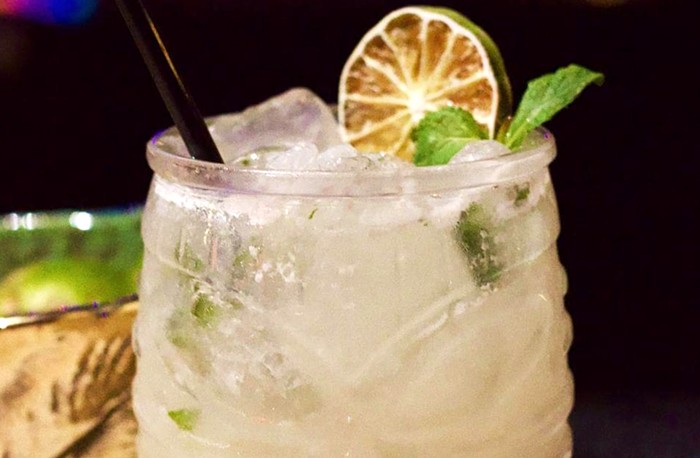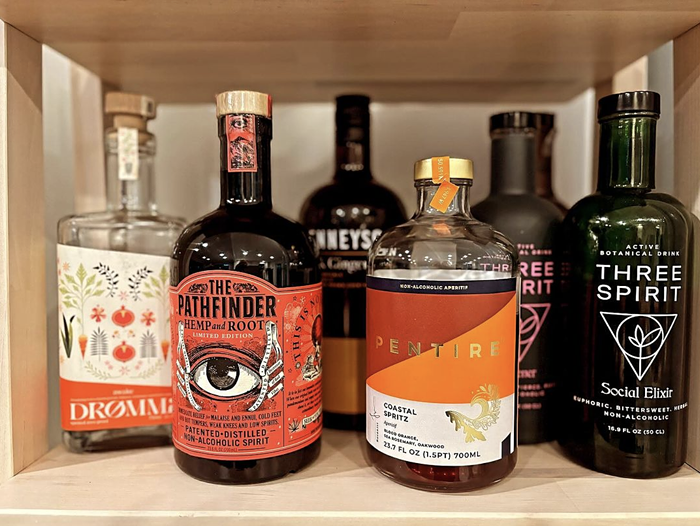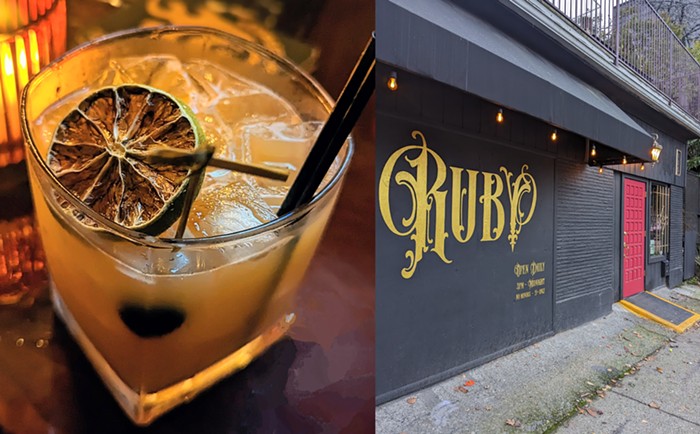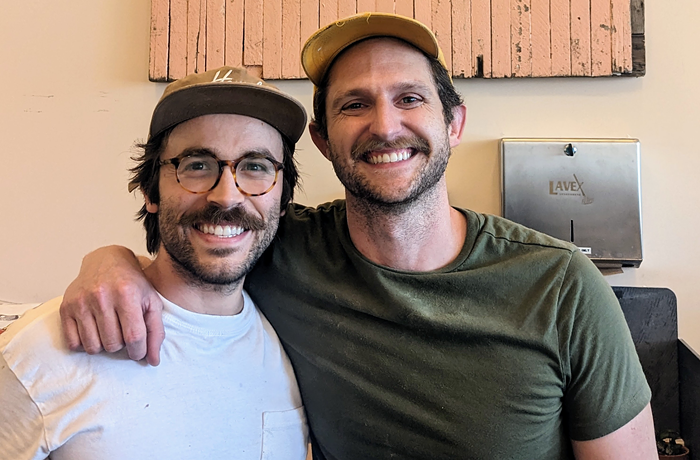One of the bloodiest battles in the war between modern art and commerce was fought in a restaurant. Mark Rothko fired the first shot, and was the only casualty.
"I accepted this assignment with strictly malicious intentions," the New York abstract painter declared in 1959, after agreeing to adorn the most exclusive room at the new, deluxe Four Seasons on Park Avenue with 600 square feet of new paintings, for $35,000. "I hope to ruin the appetite of every son of a bitch who ever eats in that room." By inflicting indigestion in the belly of the beast of American wealth and power, Rothko would get his revenge on the machine that had alienated him as a young Jewish immigrant in the Portland ghetto in Oregon, the machine he feared threatened to corrupt him by making him an art star.
Shortly after the restaurant opened and before he installed his paintings, Rothko strode in with his wife for dinner. He was immediately destroyed. His art didn't stand a chance against the designer food and furniture, the floor-to-ceiling windows draped in glimmering metallic curtains. In a rage, he pulled out of his contract. Eleven years later, he arranged for a permanent installation of nine of his Four Seasons paintings at the Tate Gallery in London. The morning they arrived there, Rothko was found dead in his studio, in a six-by-eight-foot pool of blood. He'd cut his own arteries.
Thirty-six years later, Rothko would probably hope that this story at least fires up some heartburn in those avid diners at the fine Queen Anne eatery Crow, where an entire, enormous wall is covered in a faux Rothko mural by Seattle artist Shawn Ferris and New York's Elizabeth Schula. One section of the maroon, cream, and dusty-orange abstraction even looks like a typical Rothko—with stacked, horizontal bars of color—turned on its side to make the bars vertical, which is exactly what Rothko did in the paintings he intended for the Four Seasons. Crow's owner said he simply wanted a Rothko look-alike, and doesn't know anything about the Four Seasons.
The moral of Rothko's story, to take a line from everyone's favorite Patrick Swayze movie, is that "nobody puts art in a corner." Except they do. In every corner. In hotels, restaurants, coffee shops. In bus kiosks and library corners and above plenty of home toilets. It was no easy task for Stranger food writers to come up with examples of restaurant art they actually remembered. The winners of the Somewhat Notable Art to Eat By Award, in addition to Crow's mural, are at Union in Belltown, and Le Gourmand and La Carta de Oaxaca in Ballard.
Crowded art openings teach that the best art to easily ignore while standing near is small in proportion and ambition. Adde Russell's portrait at Union of a brunette in a black gown trailing autumn leaves as she falls through white space is not small, but it is easily and quickly read. Unfortunately, her apocalyptic abstraction with doves is enough to make anyone order a double.
At La Carta de Oaxaca, walls packed with slice-of-life photographs taken in Oaxaca offer a warm and inviting slide show of a 2003 trip taken by Seattle artist Spike Mafford, the restaurant's owners, and Misael Dominguez, the restaurant manager and a native Oaxacan, for the express purpose of bringing authentic spirit to the new restaurant. Ultimately, Dominguez and his extended family, who work there, are the spirit of the place. Who's that intimidating man wearing a necklace of red chili peppers in the largest color photograph? Dominguez's father-in-law, nicknamed "King of the Chilies."
In the main dining room at Le Gourmand, art is not art, but a stage setting for pastel country elegance. Murals take diners into a storybook clearing in a white-birch forest where gossamer poppies and pink foxgloves bloom. Blah glass light fixtures disappear inside crinkly balloons of silk that seem to perfectly describe the lack of hard consonants in the French language. In the next room, the more spartan bar is lined by windows to the outdoor garden on one side, and on the other side by a triptych of exaggerated, abstracted—tortured?—flowers painted in thick oils by Dan Amell. Not nearly enough torture, Rothko would say.


















